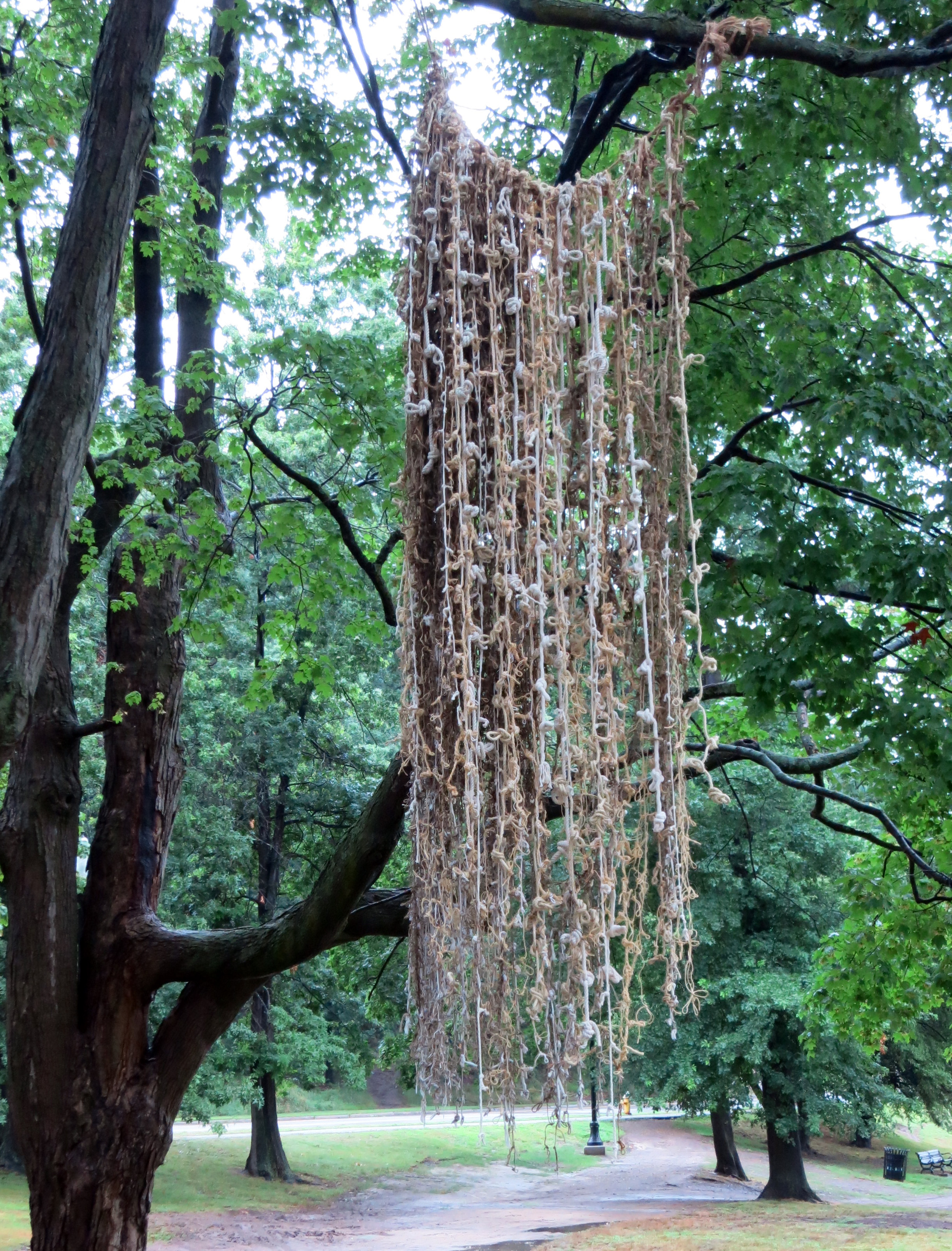My anticipation to re-enter my studio is growing. The studio has been gutted, old electrical wires stream in all directions like seaweed underwater, boards pulled from the walls lay with nails protruding. One part of the ceiling remains as a loft space with a raised roof and new windows. The other side is open to the eaves. There’s no insulation, lights, or finish, but I can taste the new space.
Filled Studio, Empty Studio, New Construction - same view.
I have always loved my studio, even at its most crowded, inefficient, and difficult to work with. It’s been my space. A space I can leave messy, where I can leave tools where I want, and only I need to know where to find them. It has always had its own organization, betraying its chaotic outward appearance. It’s been a shapeshifter — tables appearing and disappearing, floor space growing and shrinking, and hooks on the ceiling filling with nettles and mint drying.
But now all that is changing. Nothing inside hints at what has happened over the last sixteen years. What lies ahead is unknown.
When I moved in, I brought my materials with me — old tools, rusted metal, fabrics, and curious debris. I continued to make sculpture, sometimes exploring new themes, but always following a known path. Two months ago I emptied every iota of matter — the process took weeks. But, in another month or two, construction will be over and I will have an empty space, a blank canvas. I want to do something different, something that arrives not from the materials, but from inside my heart. A close friend who came in to see the progress asked about moving stuff back in, imagining the fun I would have arranging the space. I realized I wasn’t thinking about that. I’m not thinking about arranging anything, or moving anything back in. I’m only anticipating the experience of this new state of emptiness and my own creativity. I want to feel the art coming from my own body — stripped bare, and I am looking forward to sitting and feeling the empty studio in silence.
Yet, I know that this space can never be truly empty. I will carry the daily news will me: the dire situation of the unfathomable numbers of people displaced by frightening natural forces and horrendous human-caused tortures — their isolation, desperation, and need for help.
The Way of Peace installed in Lawrence, MA, Linda Hoffman
I am beginning to articulate new questions. What is it that I truly want to add to the world? Does art make the world more comprehensible, tolerable, sharable, beautiful? I’ve lived my life believing this. I am humbled by the enormity of the possibilities and challenges, and at the same time excited to meet this new space, share it, and see how it will influence my art. Planting new seeds in the studio, I'm hoping their tiny root hairs will find fertile ground.










